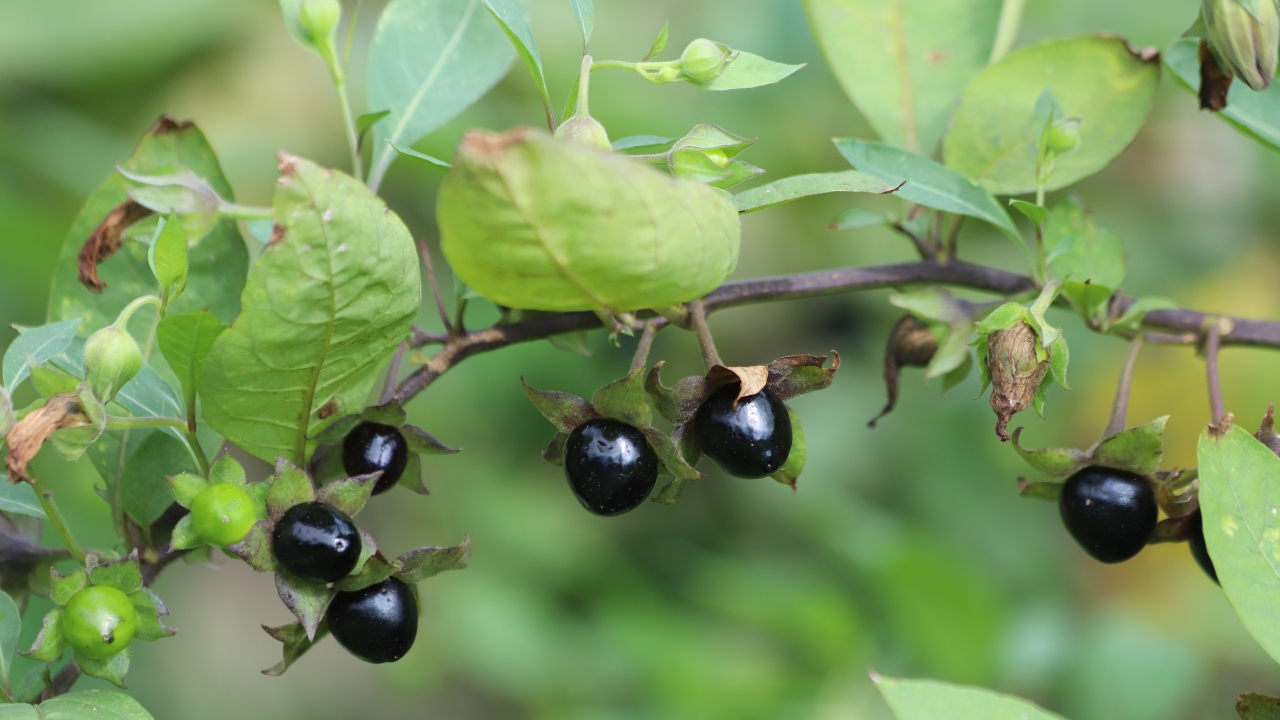Never Let Your Dog Eat These Weeds
Most of us don’t think twice about the weeds growing around the yard. But for dogs, those weeds can be more than a nuisance—they can be dangerous. Some of the most toxic plants to dogs aren’t exotic or rare. They’re the ones popping up in the grass, along the fence, or by the driveway.
If you’ve got a dog that likes to sniff, chew, or graze, here are the weeds you need to pull fast.
Creeping Charlie

Creeping Charlie might seem harmless, but it’s part of the mint family and can upset your dog’s stomach. Some dogs won’t mess with it, but if yours tends to nibble, this one can cause vomiting or diarrhea in larger amounts.
It tends to grow fast and low to the ground—exactly where a curious dog will find it. If you spot it creeping into your yard or garden beds, pull it out and toss it where your dog can’t get to it.
Nightshade

Deadly nightshade is a serious one. It grows wild in a lot of places, especially along fences or wooded areas. All parts of the plant are toxic to dogs, especially the berries. Even small amounts can cause confusion, muscle tremors, or worse.
The plant’s dark berries and purplish leaves might blend in with other growth, so it’s easy to overlook. If you’re not sure what you’re looking at, take a closer look at any wild-growing clusters before your dog does.
Poison Hemlock

Hemlock isn’t just a danger to people—it’s toxic to dogs too. It usually shows up along roadways, trails, or the edges of large yards. It looks a lot like Queen Anne’s lace but with purple spots on the stem.
Even brushing up against it can irritate the skin, but eating it is much worse. It attacks the nervous system and can be fatal if enough is ingested. If you live somewhere rural, this one needs to be on your radar.
Dandelions (When Sprayed)

Dandelions themselves aren’t the problem—it’s how people treat them. If your yard or neighborhood has been sprayed with weed killer or herbicide, those “harmless” yellow flowers turn into a chemical hazard.
Dogs that eat sprayed weeds can wind up with nausea, drooling, or worse depending on what’s been used. If your pup snacks on dandelions, make sure your lawn is chemical-free or pull them altogether.
Milkweed

Milkweed’s great for monarch butterflies but bad news for dogs. It contains toxins that can affect your dog’s heart and digestion. Some species are more dangerous than others, but it’s safest to keep them out of reach.
The leaves and pods are the biggest problem, and the bitter taste doesn’t always stop curious dogs. If you’re trying to build a dog-safe yard, you’ll want to skip planting this one.
Spurge

Spurge grows in sidewalk cracks, gravel driveways, and along flower beds. It spreads fast and can be hard to get rid of. The problem? Its milky sap is irritating to both skin and stomach.
If your dog chews on it, you might see drooling, pawing at the mouth, or digestive issues. It’s not the most toxic plant out there, but it’s still one worth pulling before your dog gets into it.
Pokeweed

Pokeweed grows tall with thick stems and dark purple berries—and it’s toxic top to bottom. Birds can eat the berries without an issue, but dogs can’t. Even the roots and leaves are dangerous.
If you’ve got it growing wild near your yard, don’t let your dog anywhere near it. The berries are especially tempting and can lead to vomiting, difficulty breathing, or even seizures.
Ragwort

Ragwort is one of those weeds that looks harmless in bloom, but the toxins in it can lead to liver damage over time. It’s more of a problem if your dog eats it regularly or in large amounts.
It usually shows up in pastures or open fields, but if you’ve got acreage or a bigger yard, it’s worth checking for. Pulling it early helps keep seeds from spreading all over your property.
*This article was developed with AI-powered tools and has been carefully reviewed by our editors.







